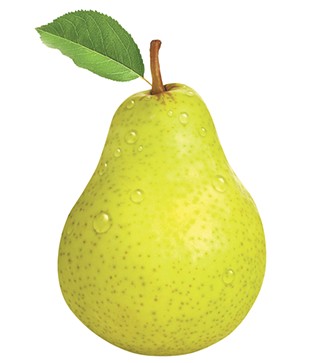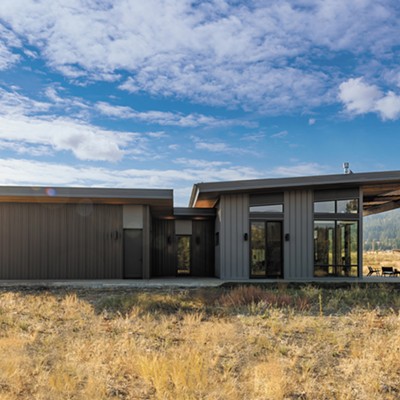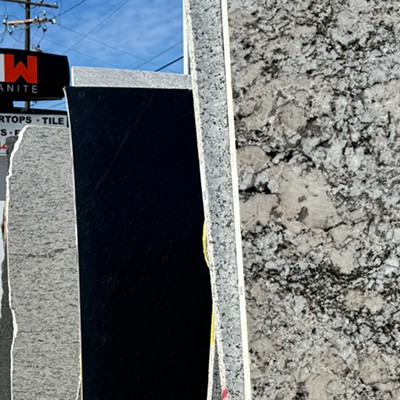ATTRIBUTES: While Washington may be best known for its apples, the state is also the number one producer of fresh pears in the United States. The Northwest climate is perfect for pears, with about 10 varieties grown in Oregon and Washington orchards.
SUPERPOWERS: Pears are an excellent source of fiber, and contain vitamin C and potassium. They're easily digested and one of the least-allergenic foods — meaning almost anyone can eat them. And pears are pretty. Their voluptuous, Rubens-esque appearance and the ombre coloring make them the perfect choice for a fall table centerpiece. According to the USDA, keeping a bowl of fruit visible can help you consume more.
WEAKNESS: Pears require ripening off the tree and at room temperature. A ripe pear yields slightly at the stem — be attentive to the pressure-test because some pear varieties don't change color as they ripen. It is normal for some varieties to have brown spots on the skin — they won't affect taste.
HOW TO USE THEM: Eat pears whole for a filling, low-calorie snack, at just 100 calories for a medium-size fruit. For a quintessential Northwest fall treat, pears lend a buttery sweetness to spinach salad with balsamic vinaigrette. Dried cranberries and toasted hazelnuts add texture.





















